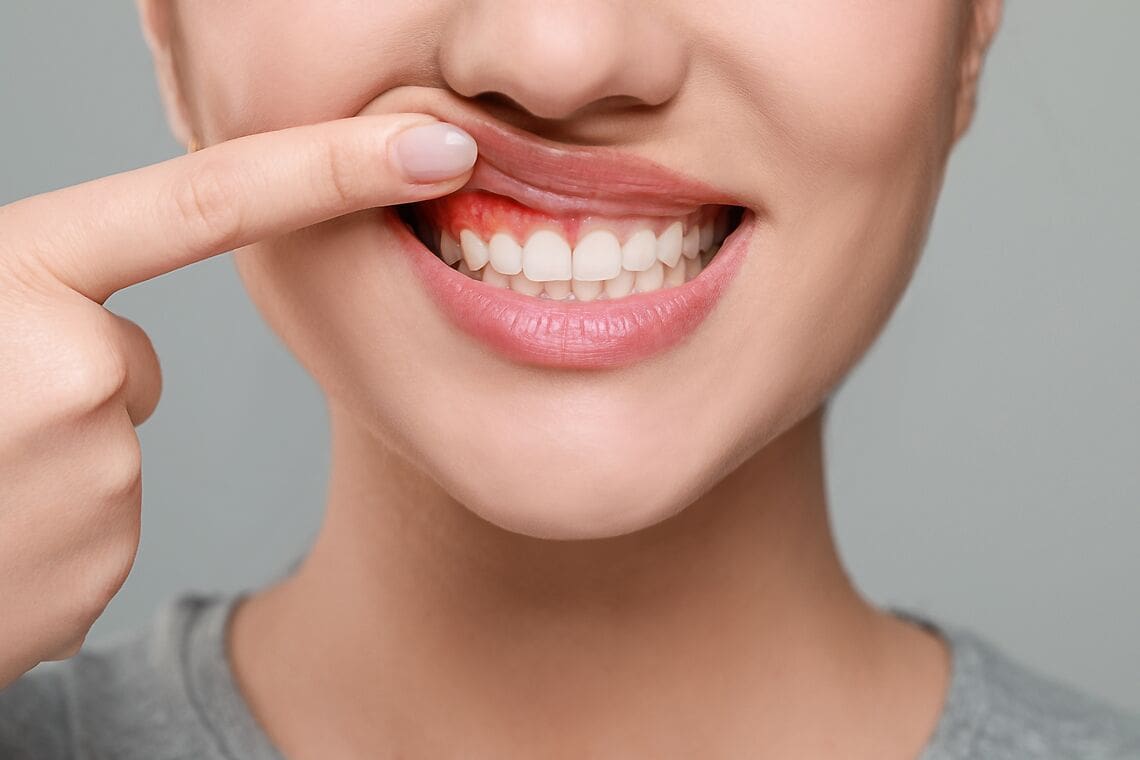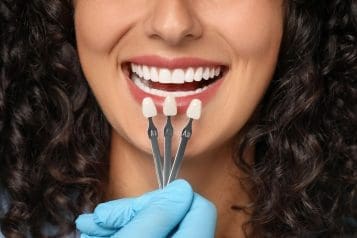
Gum disease is a common oral health issue that can develop gradually, often going unnoticed until it becomes more serious. Recognizing the early signs of gum disease is crucial for seeking timely treatment and preventing further complications. Here are the key symptoms to be aware of:
1. Reddish or Swollen Gums
One of the earliest signs of gum disease is inflammation. If your gums appear more reddish than usual or feel swollen, it may be an indication that your gums are irritated and inflamed due to plaque buildup.
2. Bleeding Gums
Healthy gums should not bleed easily. If you notice blood when you brush or floss, it’s a sign that your gums are not in optimal health. Bleeding is a common symptom of gingivitis, the mildest form of gum disease.
3. Persistent Bad Breath
Bad breath that doesn’t go away even after brushing and using mouthwash could be a sign of gum disease. Bacteria in the mouth produce toxins that can cause persistent halitosis, a common symptom of underlying gum issues.
4. Increased Sensitivity in Your Teeth
If your teeth suddenly become more sensitive to hot, cold, or sweet foods, it may be due to gum disease. As the gums pull away from the teeth, the roots become exposed, leading to increased sensitivity.
5. Receding Gums
Gum recession is a more advanced sign of gum disease. It occurs when the gums start to pull away from the teeth, making the teeth appear longer. Receding gums can expose the roots of your teeth, increasing the risk of decay and sensitivity.
6. Loose Teeth
As gum disease progresses, it can damage the supporting structures of the teeth, including the bone. This can cause your teeth to become loose and even shift in position. Loose teeth are a serious symptom that requires immediate attention.
Early Detection and Treatment
Gum disease tends to develop gradually, which is why it’s important to be familiar with these signs. If you notice any of these symptoms, it’s crucial to seek treatment as soon as possible. Early intervention can prevent the progression of gum disease and protect your oral health. Regular dental check-ups and proper oral hygiene are key to keeping your gums healthy and preventing gum disease from taking hold.
By visiting Dr. Mimi Yeung at M.Y. Dental Spa in New York, New York, you can receive expert care to address any signs of gum disease and maintain your oral health.
For more information, visit Dr. Mimi Yeung's social media:
























